Scenes from Santiniketan and Benodebehari's Handscrolls (In 2 Volumes)
Contents: Volume I: 1. Foreword/Rakesh Sahni. 2. Beyond Landscape: Scenes from Santiniketan and Benodebehari's Handscrolls at large/R. Siva Kumar. 3. Notes. 4. Image credits. Volume II: Scenes from Santiniketan. The handscroll was devised and perfected over several centuries by East Asian artists. Indian artists became familiar with the formats and pictorial language of East Asian art through Pan-Asianism at the beginning of the 20th century. Among them, Benodebehari Mukherjee, more than others, recognised that the handscroll transformed landscape painting into a comprehensive exploration of a place rather than a selective presentation of scenic views and turned it into an immersive experience of nature unfolding in time, and thus combined representation with narration. Further, by integrating the handscroll format with a personalized calligraphic method adapted to the textural richness and light of the local world, he used it most extensively and imaginatively to explore the landscape to early Santiniketan. In volume one of the Scenes from Santiniketan and Benodebehari's Handscrolls, the author brings together all known scrolls by Benodebehari, looks at then closely and traces his development as an artist of great originality of thought and vision. Scenes from Santiniketan measuring over 44 feet in length, is Benodebehari's earliest and longest handscroll. It is also his most comprehensive presentation of the early Santiniketan landscape and the only scroll where he follows the East Asian convention of right-to-left viewing. It takes the viewers on a curated walk through the natural environs of Santiniketan of the early 1920s and, in the process, reveals his own subjectivity and inner loneliness while remaining entirely truthful in his representation of the features of the local landscape. In it, we are led from the modest features of the Santiniketan campus to the thin woodlands in the distance and the surrounding villages where life moves at a quiet pace as in the campus and finally to the stark and inhospitable bareness of the sprawling khoai. As we journey through this varied terrain, we are also made aware of the passing seasons and the textural variety and richness of the local landscape. Although an early work, the scroll combines representational truthfulness with restrained self-expression that characterises all his works and is reproduced here in its entirety.
Get it now and save 10%
BECOME A MEMBER

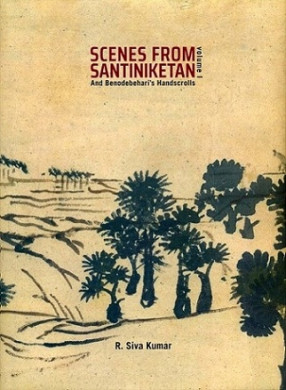
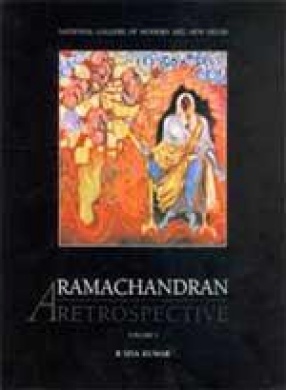
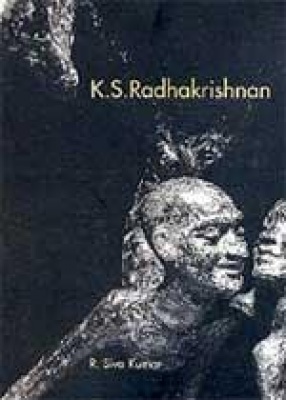
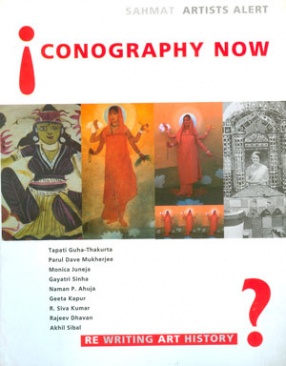
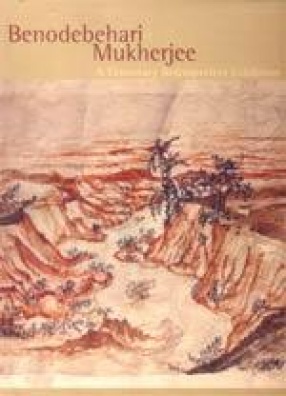
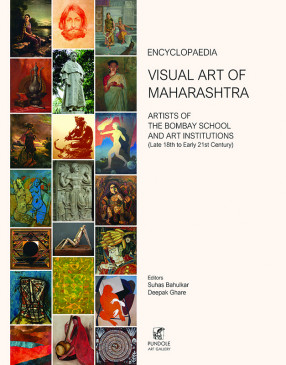
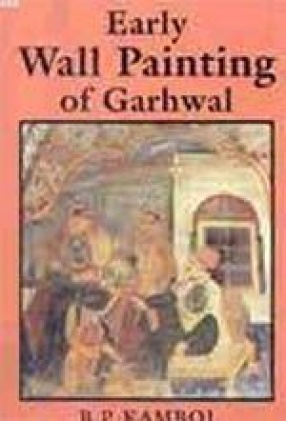
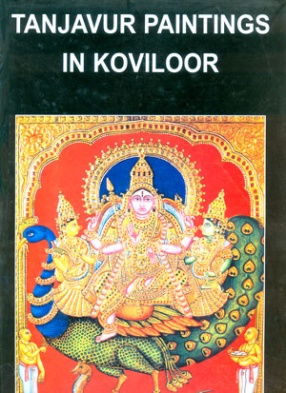

Bibliographic information